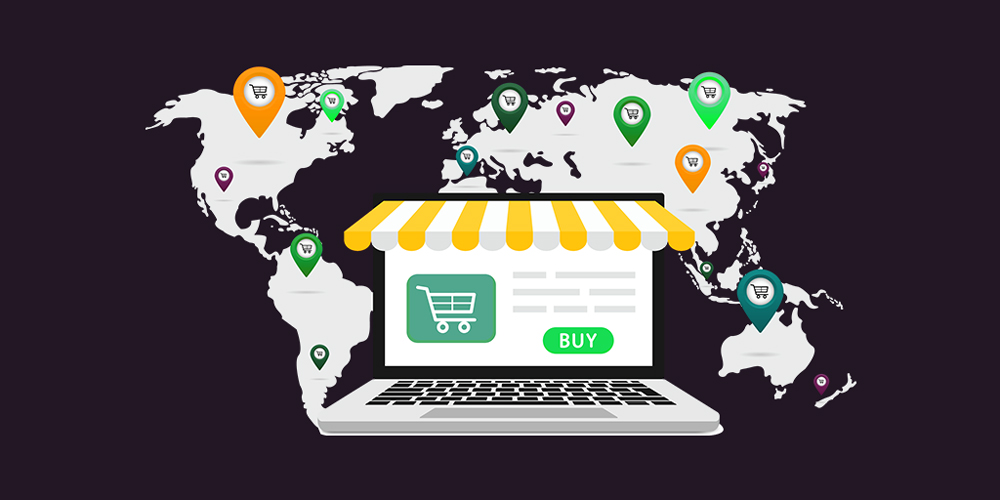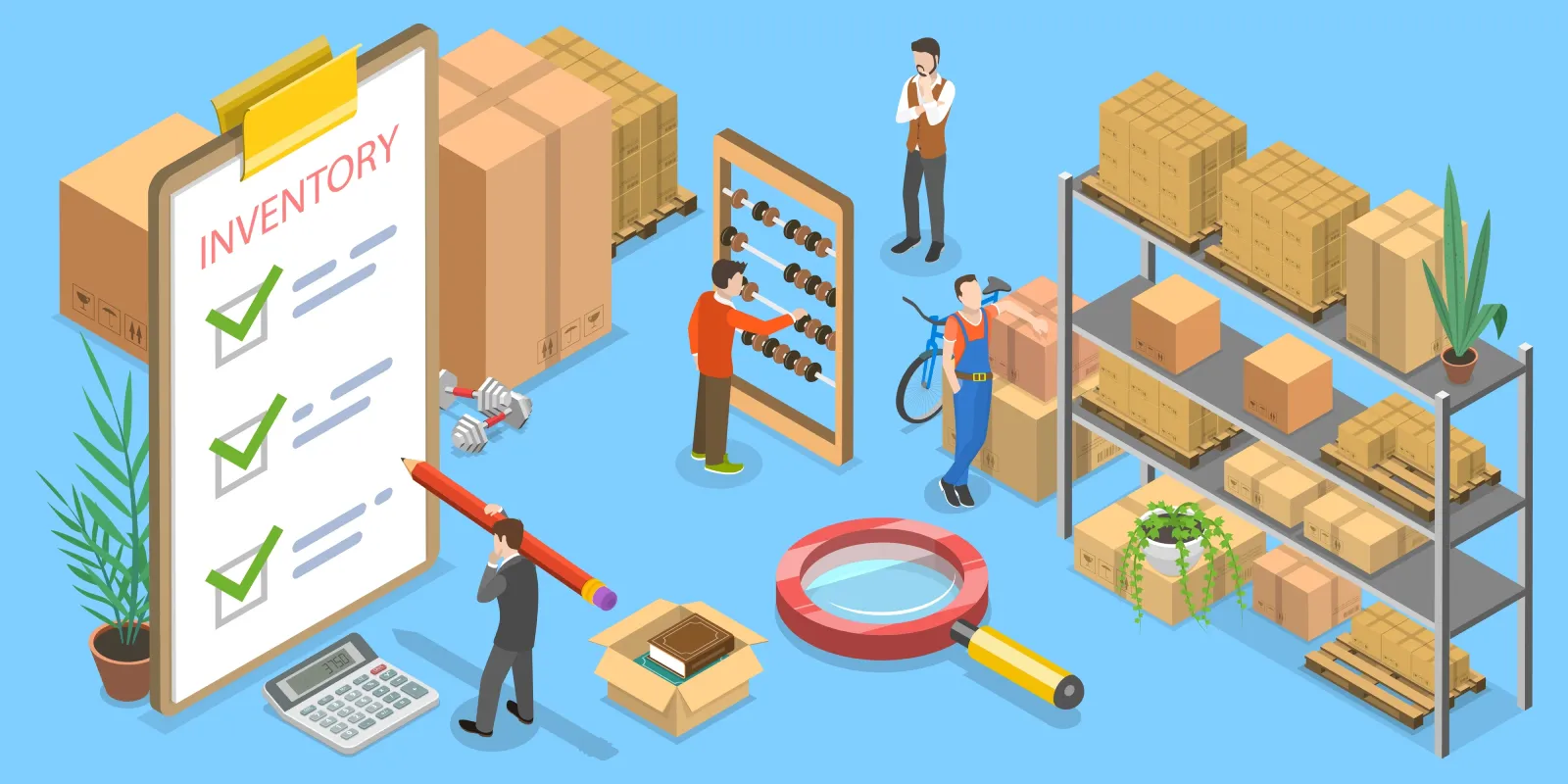Shopify vs WooCommerce: Who Offers Better E-commerce Shipping Integration
Eficaz e-commerce shipping Integration determines how smoothly a business handles fulfillment, tracking, and customer communication. For sellers aiming to expand globally, connecting their store with logistics providers through automation is essential. Platforms like Paquete postal make this process seamless by integrating with multiple carriers, automating updates, and improving the customer experience. Shopify and WooCommerce are both popular eCommerce platforms, but which one delivers a more effective shipping solution?
This detailed comparison examines how each platform performs in terms of shipping automation, customization, and global logistics integration.
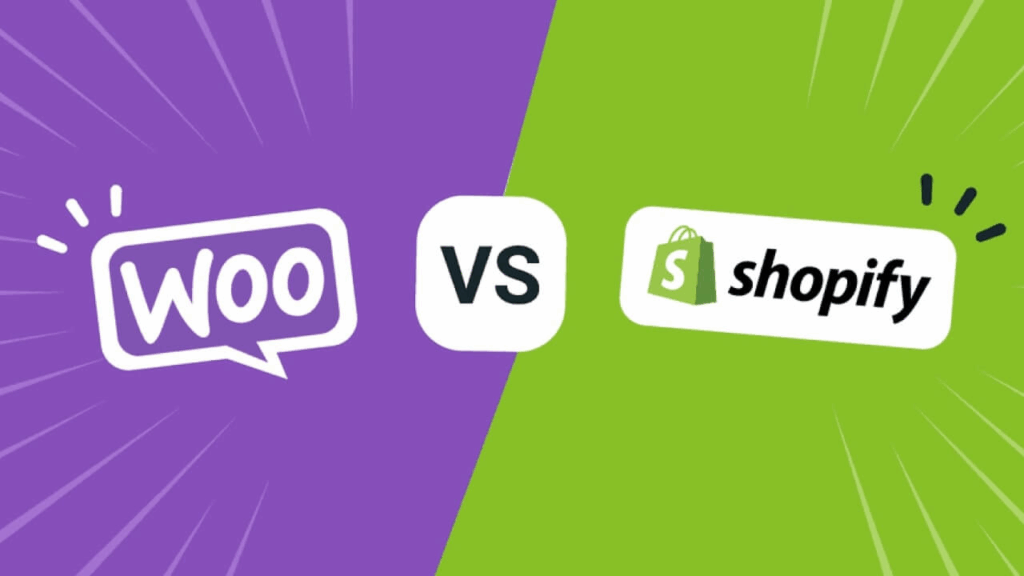
1. Why E-commerce Shipping Integration Is Crucial
1.1 The bridge between purchase and delivery
Shipping integration connects the sales process to fulfillment. Without it, sellers must manually generate labels, track packages, and update customers, leading to delays and errors.
1.2 Benefits of integration
An automated system improves accuracy and customer satisfaction through:
- Faster label creation and dispatch
- Actualizaciones de seguimiento en tiempo real
- Automatic rate calculations
- Simplified carrier selection
- Reduced manual entry errors
Automation turns complex fulfillment workflows into smooth, predictable operations.
2. Shopify’s E-commerce Shipping Integration
2.1 Built-in structure for easy setup
Shopify offers a native solution called Shopify Shipping, which is integrated into its dashboard. It allows sellers to connect with carriers like USPS, UPS, and DHL without the need to install additional plugins.
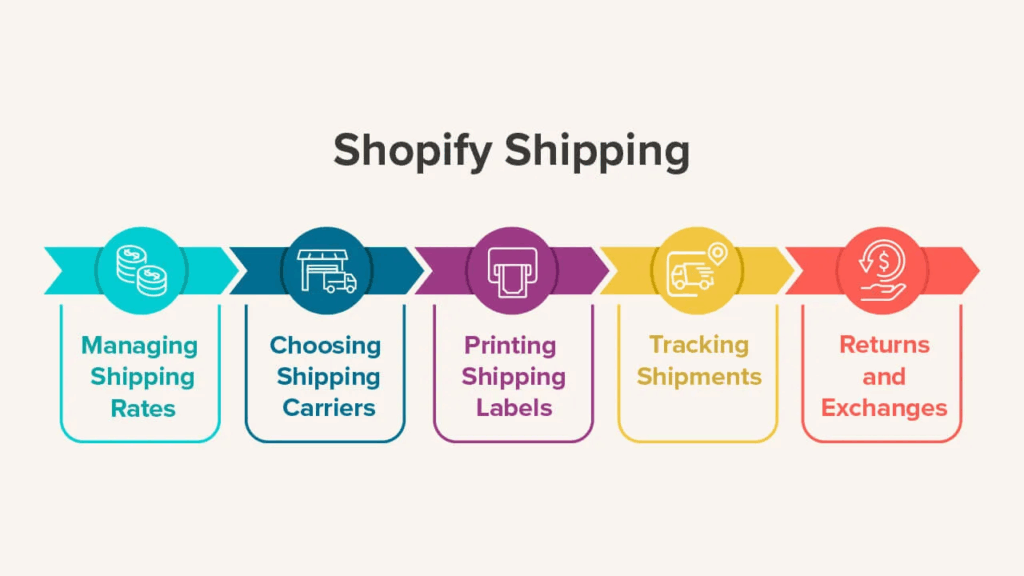
Las características clave incluyen:
- Real-time rate calculation
- Discounted shipping rates from partnered carriers
- Batch label printing
- Built-in tracking for customers
This built-in system suits beginners who prefer a ready-to-use, centralized solution.
2.2 App-based flexibility
Shopify also supports advanced integrations through its app marketplace. Sellers can connect tools such as ShipStation, Shippo, or Paquete postal to manage complex logistics.
These apps expand functionality by adding:
- International carrier coverage
- Automated customs documentation
- Multi-warehouse fulfillment management
2.3 Weaknesses of Shopify’s system
Shopify’s simplicity can also be a limitation:
- Regional restrictions apply to Shopify Shipping
- Extra costs arise from third-party app subscriptions
- Limited customization for unique workflows
Shopify’s structure favors convenience but sacrifices flexibility for larger or more complex businesses.
3. WooCommerce’s E-commerce Shipping Integration
3.1 Fully customizable architecture
WooCommerce, powered by WordPress, enables merchants to create customized shipping systems through plugins or direct API connections. This makes it ideal for stores that need control over every step of the fulfillment process.

WooCommerce offers:
- Shipping zones and rule-based pricing
- Integration with carriers like DHL, FedEx, and UPS
- Plugin support for Paquete postal, enabling real-time tracking and international logistics
3.2 Power of plugins
WooCommerce’s plugin ecosystem provides near-limitless options:
- WooCommerce Shipping for built-in label printing
- Advanced Table Rate Shipping for custom pricing
- Shippo or Postalparcel for integración multiportadora
Sellers can automate operations, create branded tracking pages, and connect with local or global couriers.
3.3 Drawbacks of WooCommerce
- Setup requires more configuration than Shopify
- Overuse of plugins can slow performance
- Maintenance demands higher technical knowledge
WooCommerce provides superior flexibility but requires hands-on management.
4. Direct Comparison: Shopify vs WooCommerce
| Category | Shopify | WooCommerce |
|---|---|---|
| Facilidad de uso | Simple setup with built-in tools | Requires manual setup and configuration |
| Opciones de transportista | Limited by region | Supports global carriers through plugins |
| Personalización | Fixed settings | Fully customizable workflows |
| Tracking Options | Built-in updates | Customizable branded tracking via Postalparcel |
| Alcance mundial | App-dependent | Full international support |
| Eficiencia de costes | Subscription + app fees | Free base system, paid extensions |
| Best For | Small to medium sellers | Experienced users or global stores |
5. Which Platform Provides Better Automation
5.1 Shopify’s automation focus
Shopify excels in simplicity. Once configured, it automatically handles rate calculations, impresión de etiquetas, and tracking notifications. This system is ideal for small sellers who prioritize quick setup and minimal management.
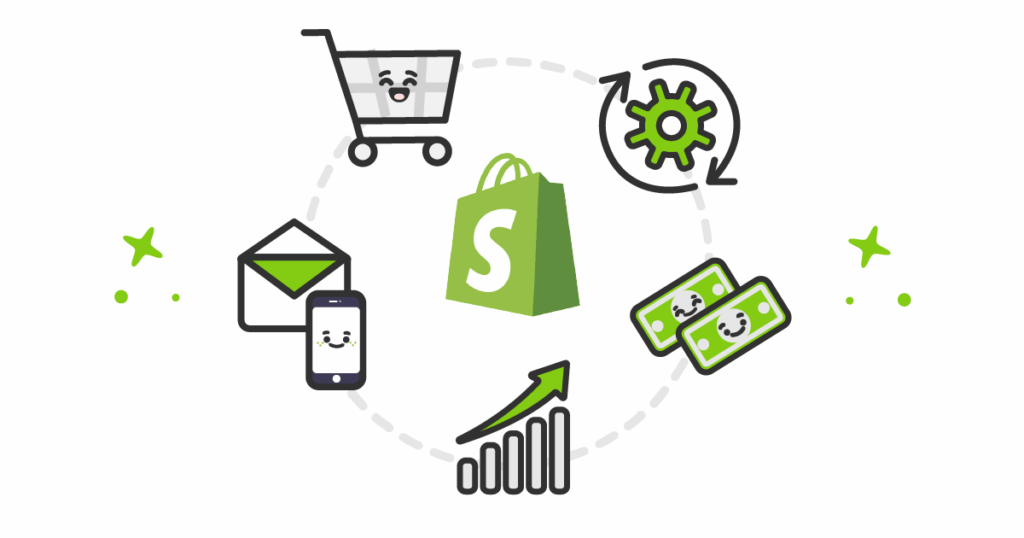
5.2 WooCommerce’s automation depth
WooCommerce allows advanced rule-based shipping combined with tools like Paquete postal, which can:
- Sync order and shipment data instantly
- Generate branded tracking pages
- Send automatic delivery updates
- Analyze carrier performance
For global logistics and advanced workflows, WooCommerce offers greater flexibility.
6. Cross-Border Shipping and Global Integration
6.1 Shopify’s limited international coverage
Shopify’s built-in shipping only supports select regions. Businesses expanding internationally often need third-party tools for customs forms, tax calculations, and regional tracking.
6.2 WooCommerce’s global adaptability
WooCommerce integrates directly with international APIs, making it ideal for cross-border commerce. Through Paquete postal, merchants can:
- Generate customs declarations automatically
- Convert shipping rates across currencies
- Offer localized tracking for each region

Its open-source framework ensures full scalability for international trade.
7. Analytics and Tracking Visibility
7.1 Shopify’s analytics features
Shopify offers basic reports on shipping costs and fulfillment status. For advanced metrics, sellers need paid upgrades or third-party apps.
7.2 WooCommerce’s advanced data reporting
When connected with Paquete postal, WooCommerce provides analytics such as:
- Average delivery times
- Regional delay statistics
- Carrier reliability trends
- Real-time delivery performance
Access to these insights enables merchants to optimize logistics decisions and minimize delays.
8. Cost Analysis and Maintenance
8.1 Shopify cost overview
Shopify starts at around $33/month, including hosting and built-in tools. Additional shipping apps may charge monthly fees ranging from $10 to $50.
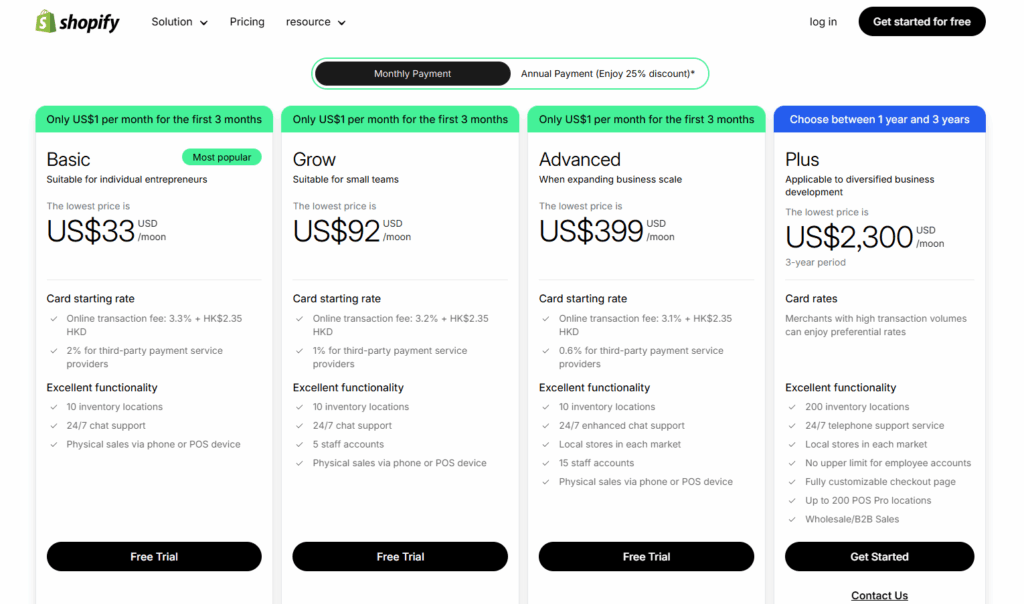
8.2 WooCommerce cost overview
WooCommerce itself is free, but it requires hosting and may require paid plugins. Integrations like Postalparcel cost an annual fee but provide lifetime scalability.
Overall, Shopify prioritizes simplicity while WooCommerce offers control at potentially lower long-term costs.
9. Security and Data Management
Both platforms protect customer data through encryption and adhere to privacy compliance standards.
- Shopify offers PCI DSS compliance and SSL certificates.
- WooCommerce, when paired with Paquete postal, ensures GDPR-compliant tracking and secure data synchronization.
For enterprises managing global customer data, WooCommerce’s open system allows greater transparency and adaptability.
10. Which Platform Is Better for Your Business
Shopify offers a simple, beginner-friendly setup ideal for small and medium-sized stores that want reliable automation without customization.
WooCommerce is better suited for businesses seeking a personalized, scalable, and internationally ready e-commerce shipping integration. With Paquete postal, it becomes a complete logistics control hub offering automation, analytics, and global tracking.
| User Type | Recommended Platform |
|---|---|
| Beginners | Shopify |
| Small-to-medium sellers | Shopify |
| Global merchants | WooCommerce + Postalparcel |
| Developers & large operations | WooCommerce |
Conclusión
Un fuerte e-commerce shipping Integration defines the efficiency of any online store. Shopify’s built-in tools simplify fulfillment, while WooCommerce’s flexibility supports custom automation and worldwide expansion.
Businesses aiming to scale globally should combine WooCommerce with Paquete postal to achieve seamless logistics, enhanced data visibility, and advanced tracking capabilities.
Success in eCommerce depends on how efficiently your shipping system connects customers, couriers, and commerce into one unified network.
Perspectivas del sector
noticias vía inbox
Nulla turp dis cursus. Integer liberos euismod pretium faucibua


